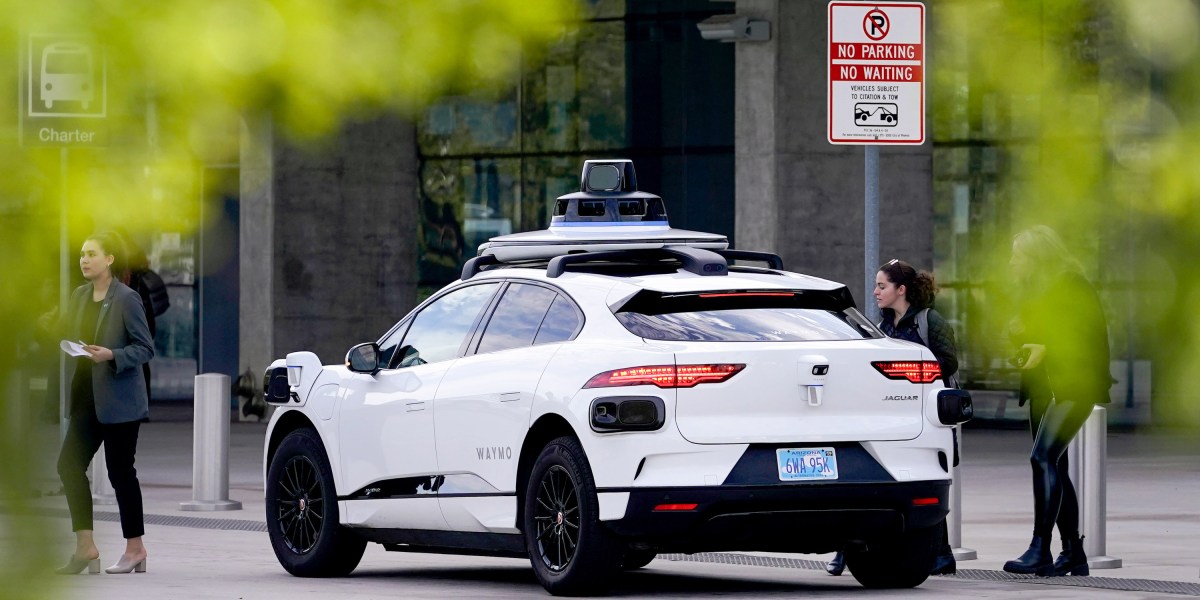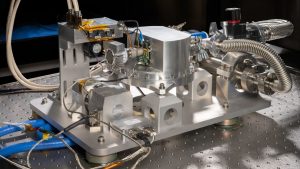Robotaxis are here. It’s time to decide what to do about them

I spent the past year covering robotaxis for the San Francisco Examiner and have taken nearly a dozen rides in Cruise driverless cars over the past few months. During my reporting, I’ve been struck by the lack of urgency in the public discourse about robotaxis. I’ve come to believe that most people, including many powerful decision makers, are not aware of how quickly this industry is advancing, or how severe the near-term labor and transportation impacts could be.
Hugely important decisions about robotaxis are being made in relative obscurity by appointed agencies like the California Public Utilities Commission. Legal frameworks remain woefully inadequate: in the Golden State, cities have no regulatory authority over the robotaxis that ply their streets, and police legally cannot cite them for moving violations.
It’s high time for the public and its elected representatives to play a more active role in shaping the future of this new technology. Like it or not, robotaxis are here. Now comes the difficult work of deciding what to do about them.
After years of false promises, it’s now widely acknowledged that the dream of owning your very own sleep/gaming/makeup mobility pod remains years, if not decades, away. Tesla’s misleadingly named Autopilot system, the closest thing to autonomous driving in a mass-market car, is under investigation by both the National Highway Traffic Safety Administration and the Justice Department.
Unfortunately, there is no standard, government-approved framework for evaluating the safety of autonomous vehicles.
Media coverage of robotaxis has been rightfully skeptical. Journalists (myself included) have highlighted strange robo-behavior, concerning software failures, and Cruise and Waymo’s lack of transparency about their data. Cruise’s driverless vehicles, in particular, have shown an alarming tendency to inexplicably stop in the middle of the road, blocking traffic for extended periods of time. San Francisco officials have documented at least 92 such incidents in just six months, including three that disrupted emergency responders.
These critical stories, though important, obscure the general trend, which has been moving steadily in the robotaxi industry’s favor. Over the past few years, Cruise and Waymo have cleared several major regulatory hurdles, expanded into new markets, and racked up over a million relatively uneventful, truly driverless miles each in major American cities.
Robotaxis are operationally quite different from personally owned autonomous vehicles, and they are in a much better position for commercial deployment. They can be unleashed within a strictly limited area where they’re well trained; their use can be closely monitored by the company that designed them; and they can immediately be pulled off the road in bad weather or if there’s another issue.
Unfortunately, there is no standard, government-approved framework for evaluating the safety of autonomous vehicles. In a paper on its first million “rider-only” miles, Waymo had two police-reportable crashes (with no injuries) and 18 minor contact events, about half of which involved a human driver hitting a stationary Waymo. The company cautions against direct comparisons with human drivers because there are rarely analogous data sets. Cruise, on the other hand, claims that its robotaxis experienced 53% fewer collisions than the typical human ride-hail driver in San Francisco in their first million driverless miles, and 73% fewer collisions with a meaningful risk of injury.






